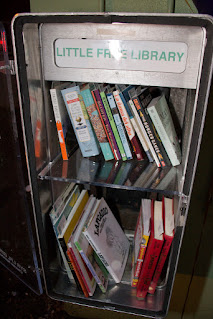Have you dipped your toe into Threads, the new social media platform by Meta? Are you thinking that you need to learn more about how to use social media, rather than using trial and error?
In 2021, Paul Signorelli published the book, Change the World Using Social Media, through Rowman & Littlefield.What is it about?
Starting with an overview of what social media tools provide, Signorelli shows how social media tools can be quickly learned and easily adapted to produce small- as well as large-scale changes when used effectively in conjunction with other collaboration resources and tools.
Book chapters include:
- What Is Social Media and What Can It Do for You?
- Facing the Pros and Cons of Facebook
- Twitter: Small Messages With Large Results
- LinkedIn and Collaborative Project Management Tools: Tapping Into Business Networks
- Picturing Change: Instagram, Snapchat, and Flickr
- Blogging for Social Change
- Broadcasts and Podcasts: YouTube, TalkShoe, and Zencastr
- Videoconferencing and Telepresence: Meeting Online to Change the World
- Follow the Money: Changing the World through Online Fundraising
- Facing Incivility: Trolls, Online Harassment, and Fake News
- Organizing to Change the World
I was among the people Paul interviewed for the book, along with many others. We provided examples of positive social media use, how-tos, and more. All of the topics are covered in a way to be helpful as you adopt newer or different platforms.
Now the book is available in paperback (in addition to Kindle and hardbound), which makes it available to a wider audience. Amazon provides a peek inside the book, so take a look!
In 2021, Paul Signorelli, Maurice Coleman, and I were interviewed by San Francisco Public Library about the book and using social media. That one-hour interview is available on YouTube. (Yes, my face is this first thing you see! Ha ha!)
This post contains paid links from Amazon.
